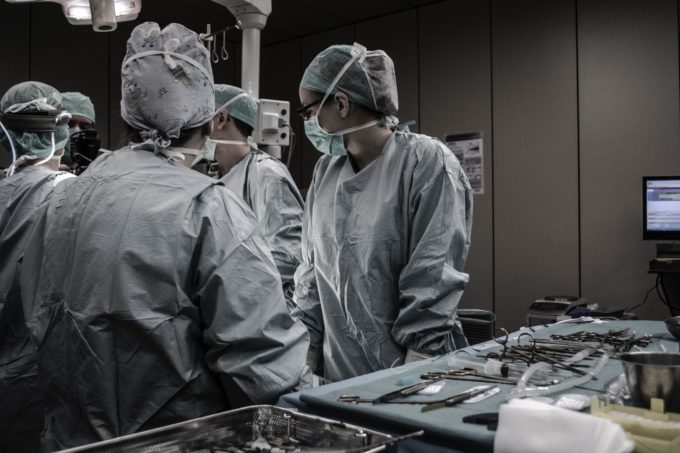NuVasive, Inc., v. Andrei Iancu, 2017-1666 (CAFC Nov. 9, 2018), hosted by the United States Court of Appeals for the Federal Circuit.
The Court of Appeals for the Federal Circuit (“CAFC”) issued a nonprecedential opinion for the Patent Trial and Appeal Board (“PTAB”) to reconsider their holding invalidating the patent of NuVasive, Inc. (“NuVasive”) covering a surgical access system used to penetrate spinal tissue with neural structures. The patent, titled “Surgical Access System and Related Methods,” was issued in April 2010. After NuVasive filed an infringement suit against Globus Medical Inc. (“Globus”) in October 2010, Globus requested an inter partes reexamination with a patent examiner.
The patent examiner initially ruled against NuVasive, finding that all of the patent references covered a minimally invasive surgical system that would have been obvious to one of ordinary skill in the field seeking to create a similar system. However, after receiving additional information from both parties, the patent examiner reversed the initial obviousness finding by ruling that the technique at issue did not sufficiently teach dissection of the psoas muscle using a dilator and retractor. Writing for IPWatchdog, Steve Brachmann described the patent examiner’s second ruling as significant because the examiner now constructed a distinction between dissection with a finger or sponge versus dilators and retractors as described in the patent.
In citing the Kossman teaching standard that preceded NuVasive, PTAB overruled the patent examiner. The Kossman teaching standard describes moving the psoas muscle aside and splitting the muscle along fiber for athletes with large psoas muscles using a dissection technique with the surgeon’s finger or using a wet sponge. NuVasive’s patent, according to PTAB, was not sufficiently distinct from the Kossman teaching standard. Moreover, the Branch patent method (titled “Instruments and Methods for Minimally Invasive Tissue Retraction and Surgery”) suggested that a dilator could be used as an alternate to the instruments described under Kossman, even for one of ordinary skill in the field. Therefore, PTAB was unwilling to recognize NuVasive’s patent when Kossman and Branch, among others, described methods similar to the dilator and retractor dissection method used in NuVasive’s patent. As Tiffany Hu described from Law360, NuVasive and Globus had already settled the suit, but PTAB had continued to review the underlying patent following NuVasive’s amended claim.
In remanding the case, the CAFC held that PTAB improperly found a lack of connection between NuVasive’s patent and the eXtreme Lateral Interbody Fusion (“XLIF”) surgical method. Specifically, the CAFC held that PTAB insufficiently evaluated the secondary factors that suggested the invention would not have been obvious to one of ordinary skill in the field. The CAFC described that among these secondary factors was a consideration of whether the invention was a commercial success that satisfied a long-felt but unmet need and received praise and recognition from others in the field. Not properly scrutinizing these secondary considerations would lead to a conclusion that the claims were not sufficiently related with the evidence presented. The CAFC requested PTAB to further evaluate these secondary factors under the obviousness inquiry.
In citing NuVasive’s commercial success evidence, the CAFC further held that there could still be a nexus between NuVasive’s patent and the XLIF method. Even though commercial success may have been derived from the sale of other devices and systems used in the XLIF procedure (e.g. NeuroVision Systems), the CAFC recognized that a nexus between NuVasive’s patent and the XLIF method could still exist. On remand, PTAB is now expected to further scrutinize evidence of nonobviousness that could be indicated from a long-felt need, skepticism followed by praise and recognition, and commercial success based on a nexus between the claimed invention and the XLIF surgical technique. Importantly, the CAFC recognized that PTAB could still reach a finding of nonobviousness so long as the secondary considerations are further scrutinized.
